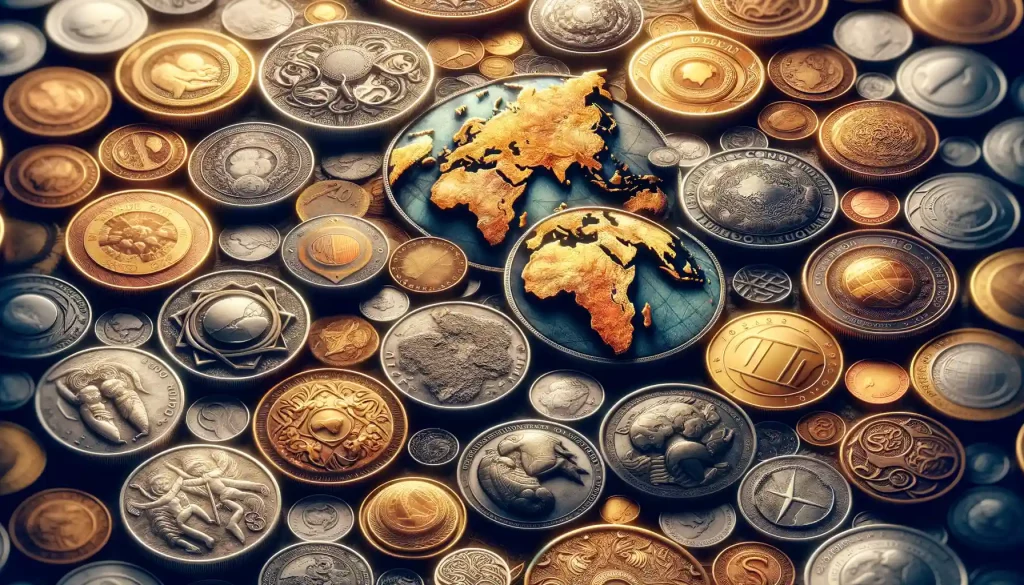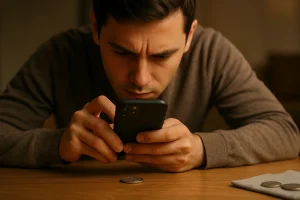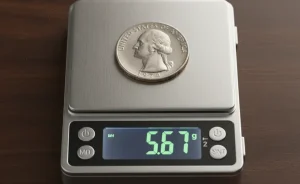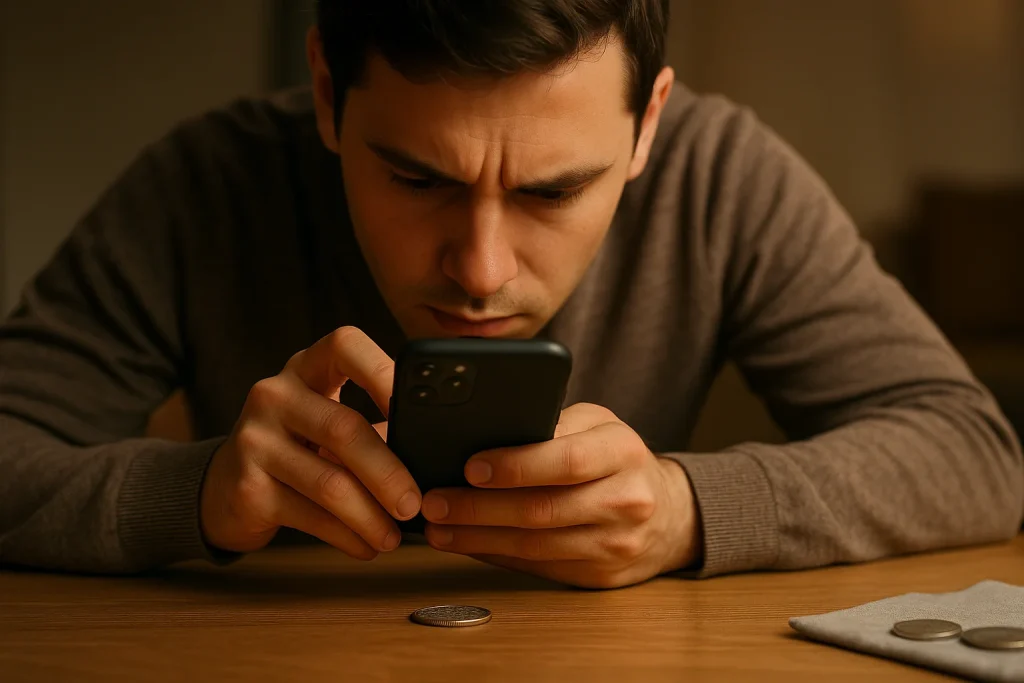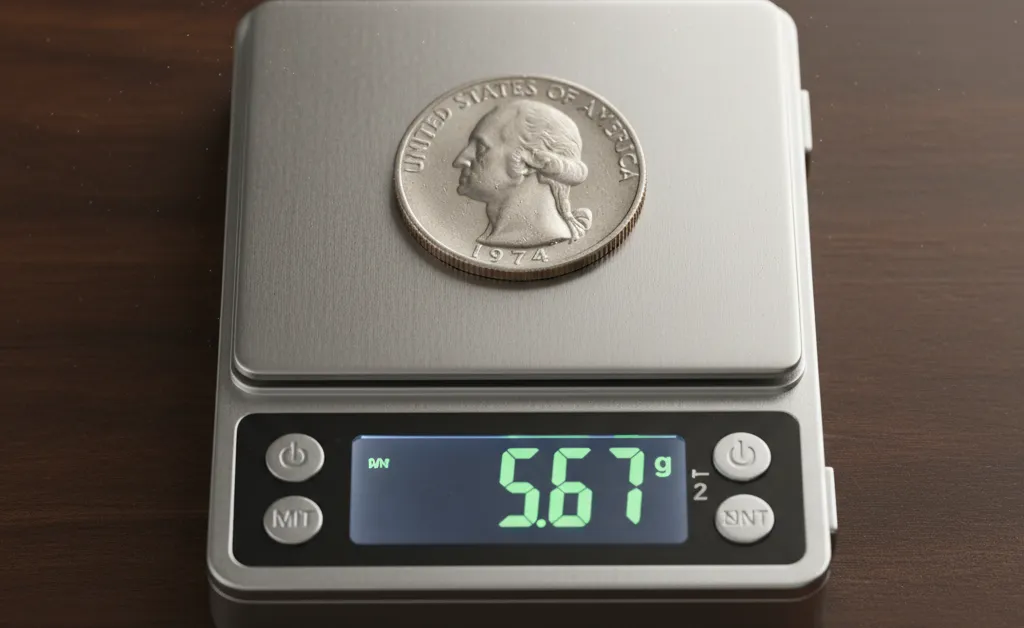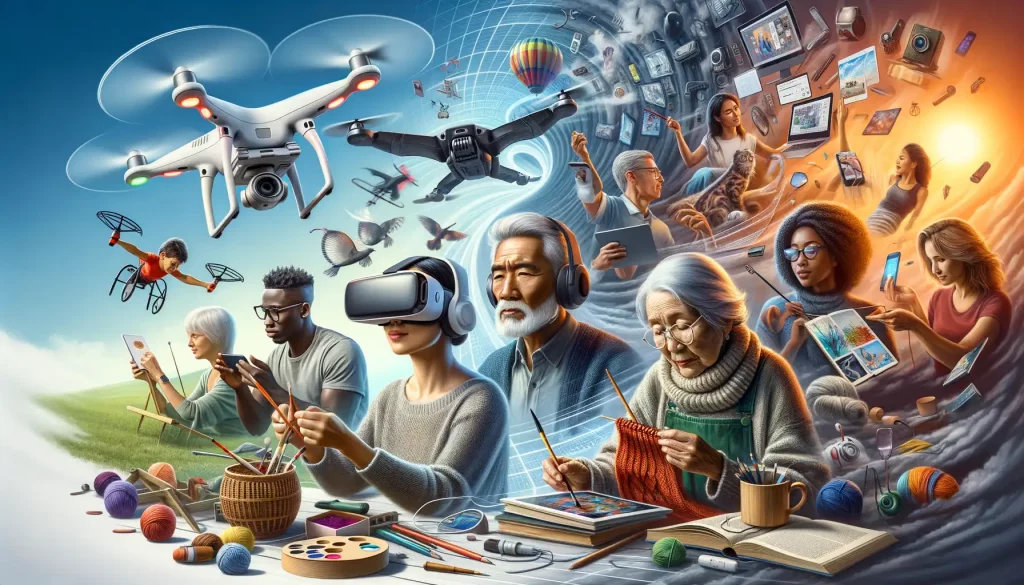Historical Significance of Coins in Shaping Cultures
Coins: Windows into the Lives of Ancient Peoples
Have you ever held a coin and wondered whose hands it passed through centuries before yours? Coins aren’t just cold metal—they are living echoes of human stories. They’ve been more than currency; they’ve served as messengers of power, belief, and culture. Take, for instance, the coins of ancient Rome. The faces of emperors engraved on them weren’t just decoration. They were bold declarations of authority and prestige, sent across vast empires as tangible reminders of who ruled.
Coins also carried clues about everyday life—imagine Greek drachmas that featured wheat sheaves, symbolizing the agricultural lifeblood of their society. Or travel east, to ancient China, where circular coins with square holes mirrored spiritual harmony. Each piece had its own tale, its own role in shaping how people understood their world.
- Political Propaganda: Kings and emperors used coins to project their image and ideals far and wide.
- Religious Significance: Deities, sacred animals, and rituals adorned many coins, binding faith to daily transactions.
It’s incredible to think these small objects created ripples that shaped entire cultures. Coins, quite literally, carried history in their pockets.
Coins as Artifacts of National and Regional Identity
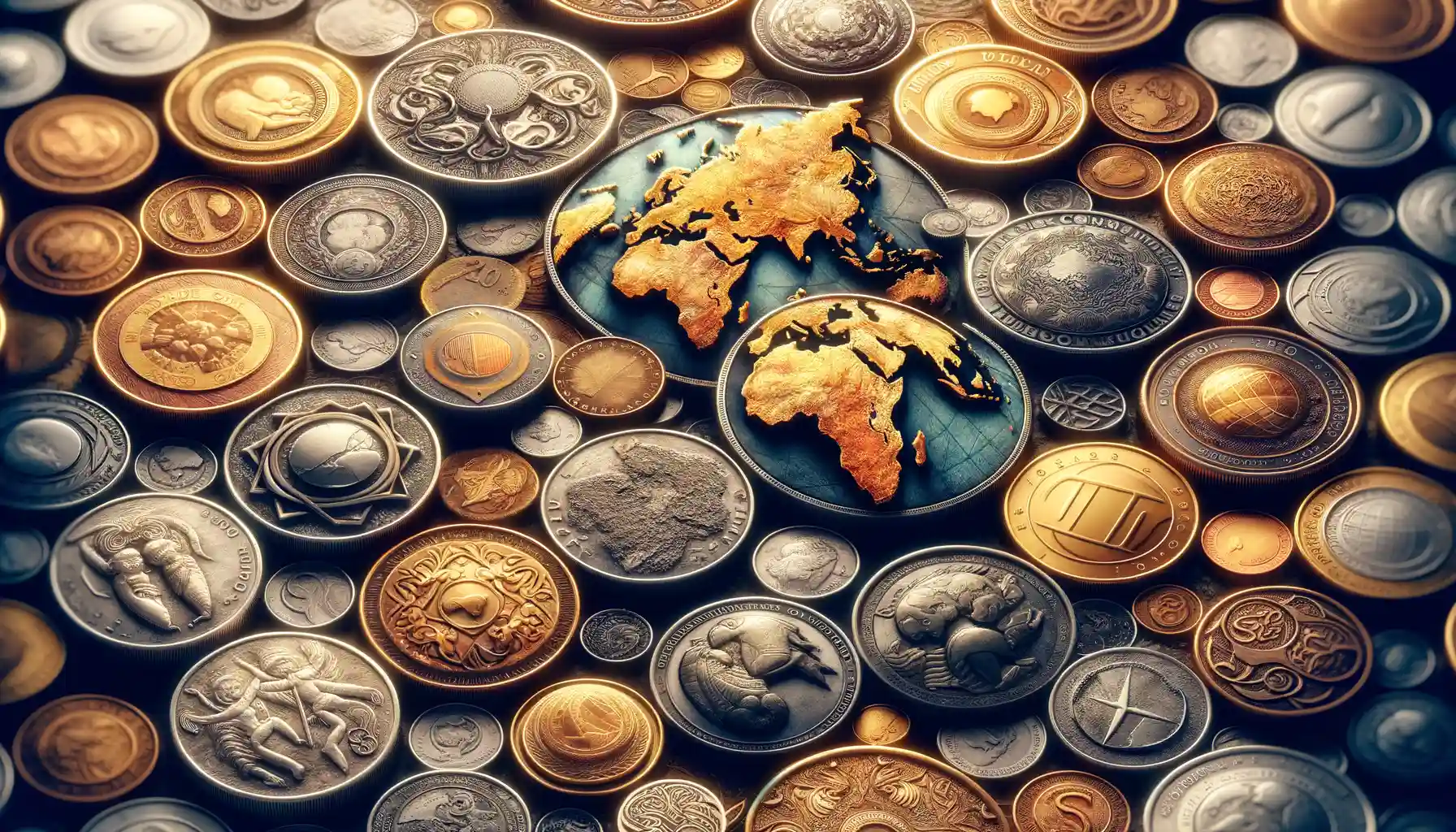
Symbols That Speak a Thousand Words
Coins are like tiny, metallic storytellers, whispering the values and dreams of nations into the hands of anyone who holds them. Beyond their economic role, they serve as vivid snapshots of national and regional identity. Think about it: what other object can travel so widely yet remain so deeply rooted in local pride?
Take the majestic eagle engraved on American quarters or the intricate Celtic knots carved into Irish euros. These designs aren’t random; they’re deliberate choices—a celebration of culture, history, and shared memory. Coins have always been used to declare, “This is who we are!”
Imagine holding an ancient Greek drachma. You’re not just holding currency; you’re holding an ode to Athena, wisdom, and power personified. Or consider the coins minted by the Roman Empire, flaunting the faces of emperors like Augustus—not just money, but propaganda, a way to unify far-flung citizens under one banner.
- Landmarks: Think Big Ben on UK coins or Mount Fuji adorning Japanese yen—icons that say “home.”
- Heroes: Abraham Lincoln peers out from the US penny, while Gandhi graces India’s rupee.
These small, shimmering artifacts carry a weight of identity far beyond their size.
The Artistic and Symbolic Features of Coins
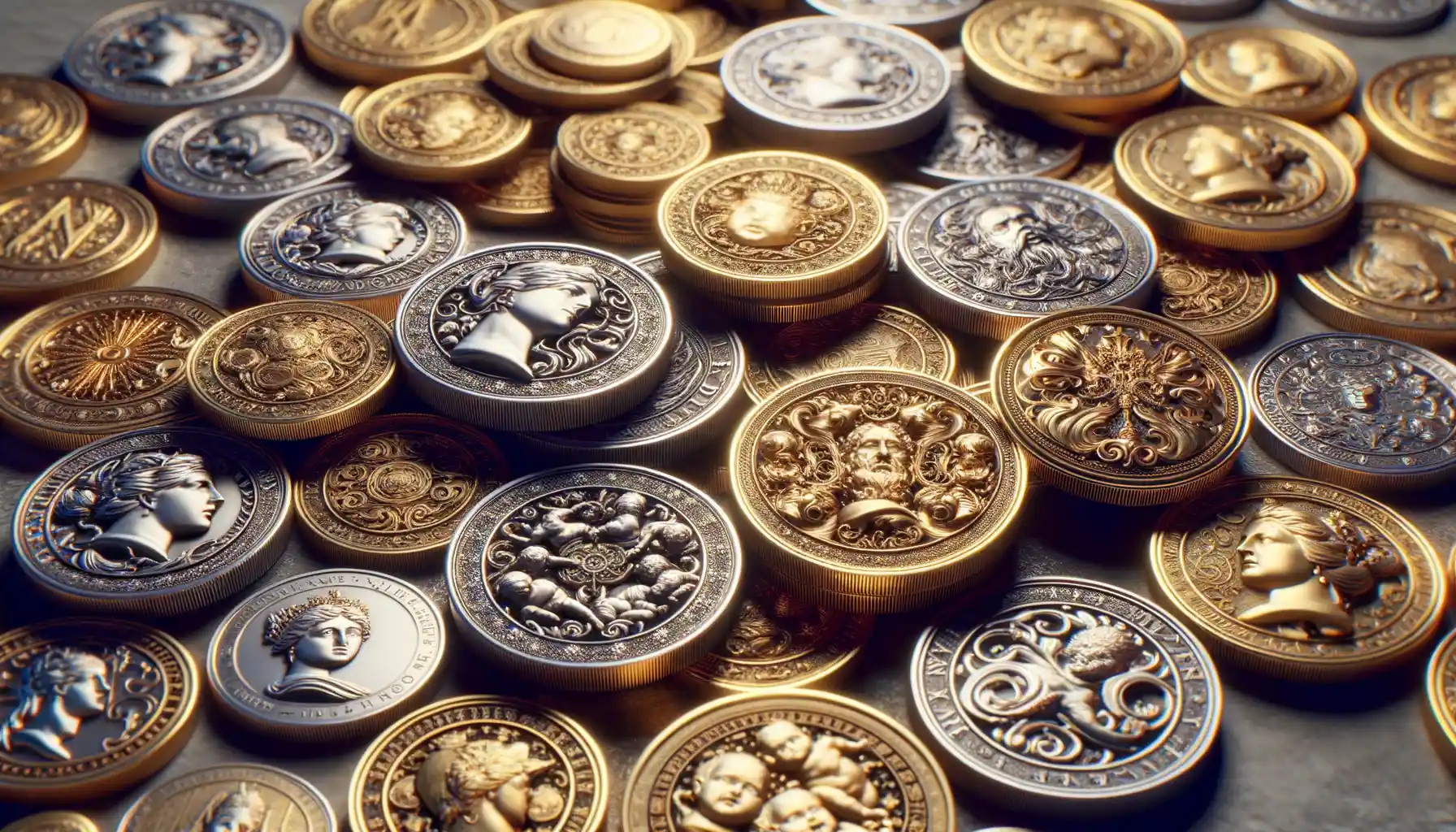
Coins as Storytellers Through Art
Ever held a coin and thought about the tale it whispers in your hand? Coins are tiny canvases, etched with stories that span centuries. They’re not just currency – they’re miniature artworks brimming with meaning. Take, for instance, the intricate depictions on ancient Greek coins: a wise owl staring back at you, representing Athena, the goddess of wisdom. It’s more than an image; it’s a piece of philosophy in your pocket.
Modern coins are no less compelling. Beyond kings and presidents, you’ll find landscapes, iconic monuments, and national symbols. Consider Canada’s loonie, adorned with the serene image of a common loon gliding across the water. It doesn’t just represent a bird – it whispers of quiet northern lakes and nature’s untamed beauty.
- Symbols of power: Crowns, eagles, and lions convey strength and sovereignty.
- Homage to culture: Coins honor writers, scientists, and artists, making tangible the soul of a nation.
These microscopic masterpieces reflect the aspirations, struggles, and victories of entire civilizations. Flip one over, and you might just find a window into worlds you’ve never known. Isn’t that magical?
Preservation and Study of Coins in Cultural Heritage
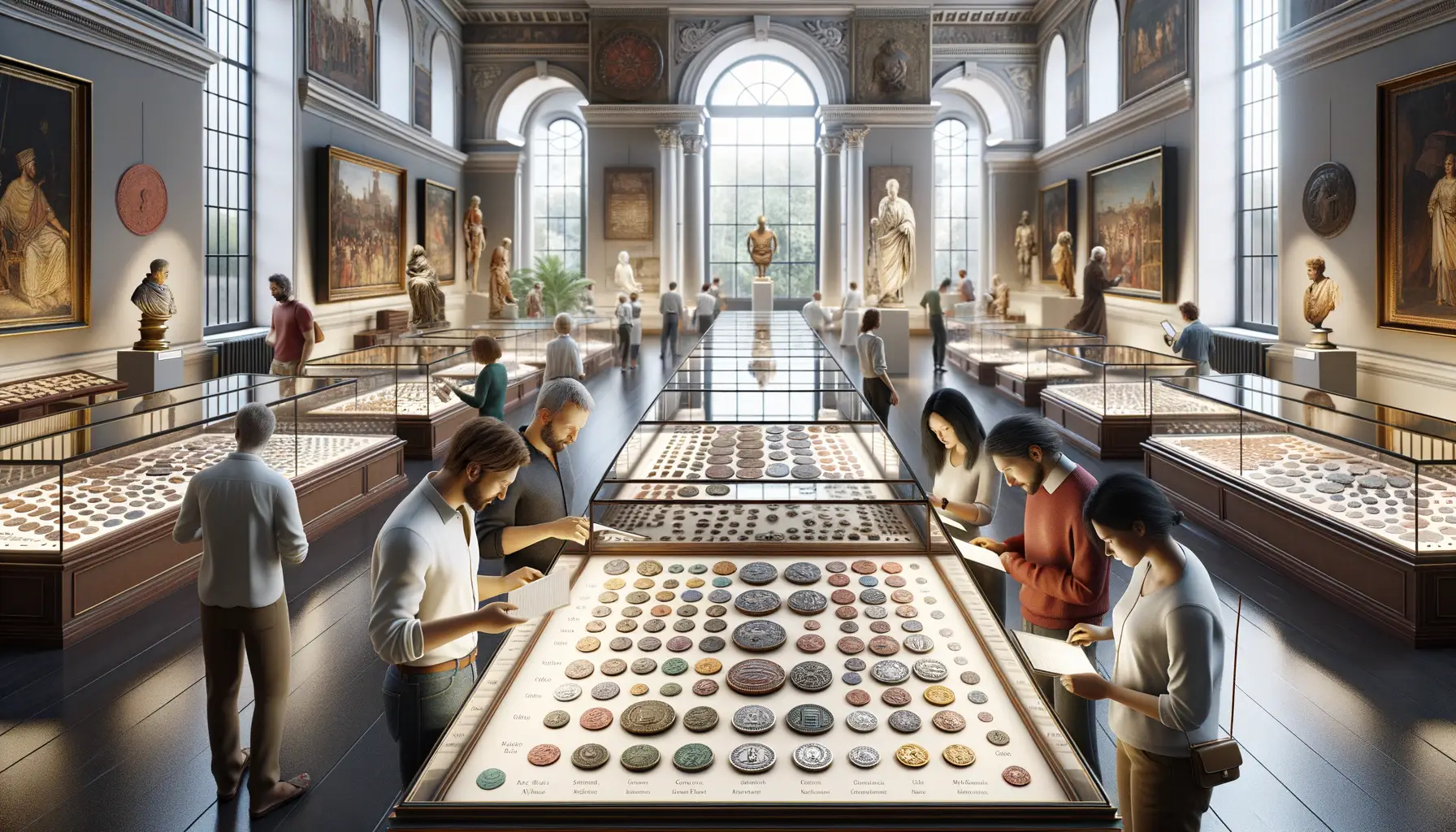
Unlocking Stories Hidden in Metallic Time Capsules
Coins are more than mere scraps of metal—they’re tiny, unassuming time capsules that whisper tales from centuries past. Preserving and studying these ancient pieces is like stepping into an archaeological treasure hunt. Imagine holding a coin minted during the reign of Charlemagne or the Byzantine Empire in your hand. It’s not just an object; it’s a tangible piece of history that survived wars, revolutions, and the quiet churn of forgotten years.
But their fragility makes them demanding guardians. Humidity, careless handling, and pollution can all wreak havoc on these delicate treasures. That’s why coin preservation isn’t simply about cleaning old metal—it’s an intricate dance between art and science. Experts use tools ranging from cotton gloves (to avoid skin oils causing corrosion) to advanced imaging technologies that uncover microscopic inscriptions invisible to the naked eye.
- Controlled storage environments ensure coins stay safe from oxidation.
- Non-invasive analysis techniques unearth clues about trade routes or forgotten empires.
When we preserve coins, we’re saving far more than objects—we’re safeguarding voices that would otherwise vanish like smoke into the ether. These small, sturdy artifacts connect us to our ancestors’ lives, one engraved surface at a time.
The Allure of Coin Collections in Museums
Step into a museum exhibit featuring coins, and you might feel you’ve stumbled into a room full of whispers. Look closer—see how a single coin can embody an era’s story? A humble Roman denarius could tell of military conquests, while a glittering Chinese gold yin might reflect an emperor’s grandeur and divine right to rule.
Museums face monumental challenges in displaying these treasures. The trick? Marrying protection with accessibility. Specialized glass cases block harmful UV rays and keep moisture at bay, while detailed labels help visitors understand the engravings, symbols, and craftsmanship behind each piece.
And don’t think museums stop at display shelves. Many institutions digitize their collections, creating virtual archives where researchers and everyday explorers alike can dive into numismatic wonders. With this marriage of old-world artifacts and cutting-edge technology, we’re reminded that preserving coins is, truly, preserving humanity’s shared cultural identity.
The Role of Coins in Modern Cultural Representation
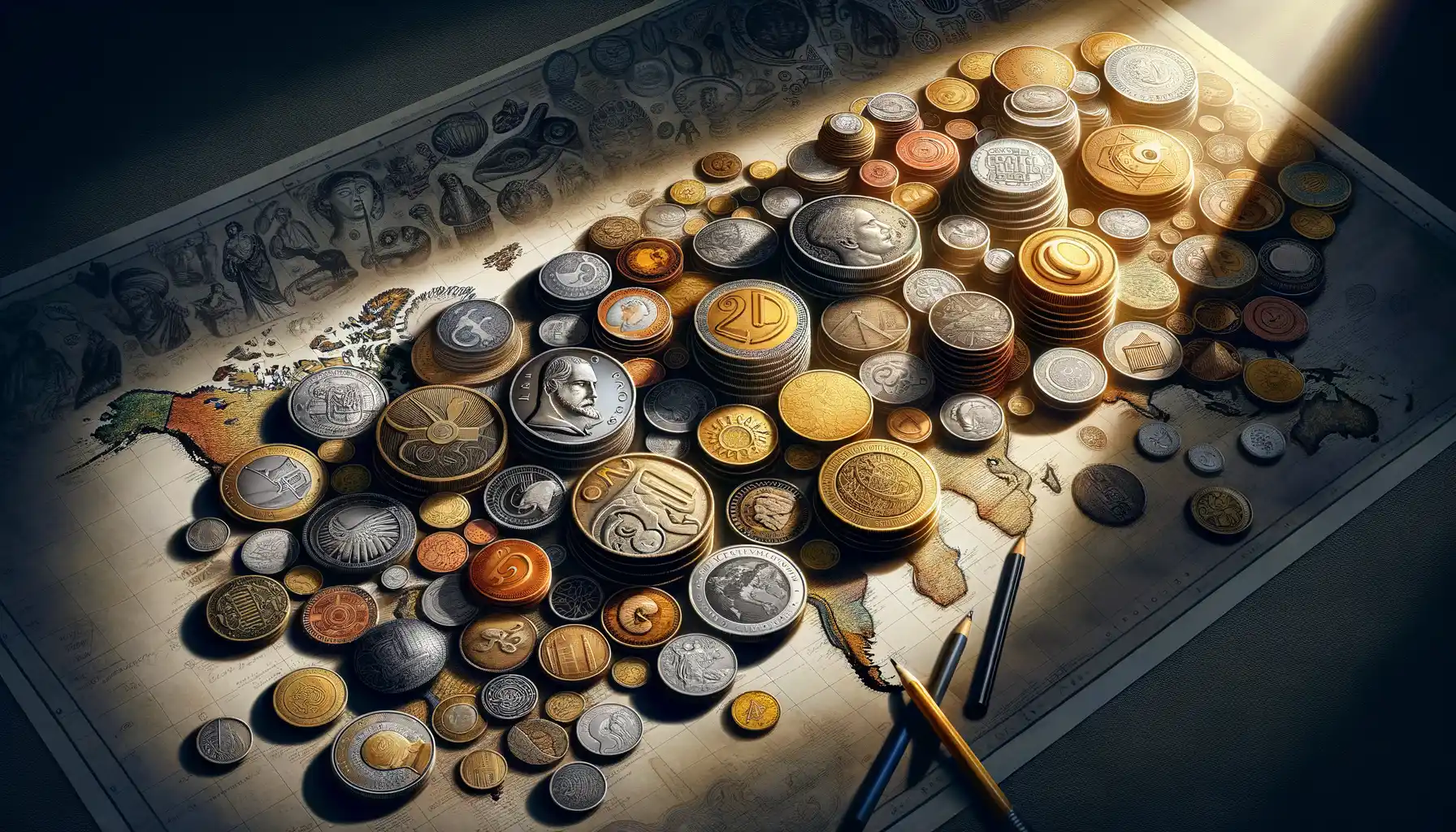
Coins as Storytellers of Modern Life
Coins are more than just pocket change; they’re tiny windows into the heart and soul of a society. Today, these small metallic storytellers have found fresh ways to connect with us, becoming ambassadors for cultural expression. Think about it—how often do you glance at a coin without realizing it’s whispering a story about the here and now?
Modern coins showcase everything from national pride to global milestones. Take, for instance, the bold designs celebrating global events like the Olympics or honoring iconic figures such as Nelson Mandela. These aren’t run-of-the-mill coins; they’re vibrant pieces of modern history we carry everywhere.
- Commemorative coins mark cultural achievements, like space exploration or artistic masterpieces.
- Special releases celebrate beloved figures in music, science, and even pop culture—yes, coins featuring Harry Potter exist!
Coins also reflect changing values. Inclusion is a rising theme, with more currencies spotlighting women, indigenous leaders, and historical narratives that once stood in the shadows. In these shiny, jingling symbols, we find not just money, but a mirror reflecting who we are—and aspire to be—in today’s ever-evolving world.

